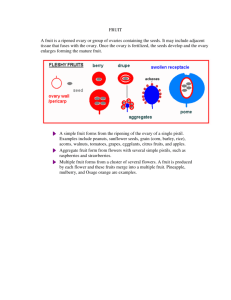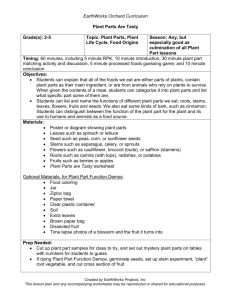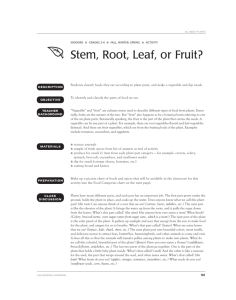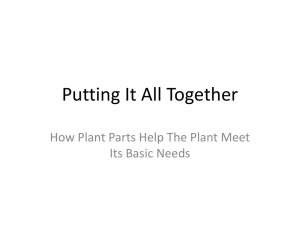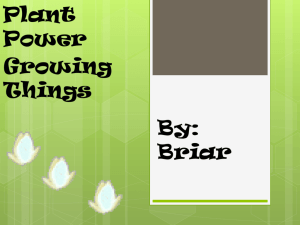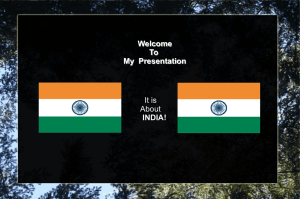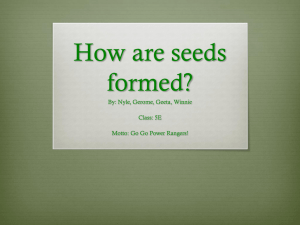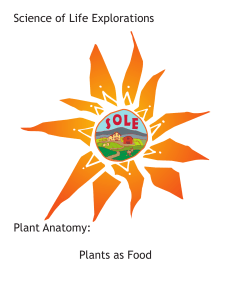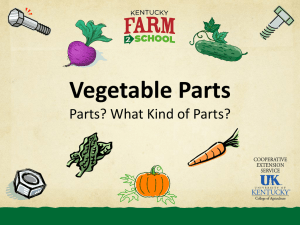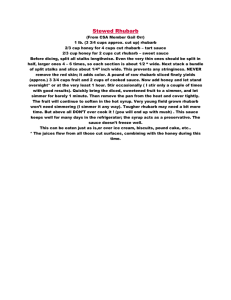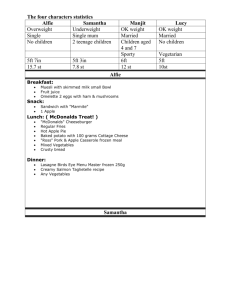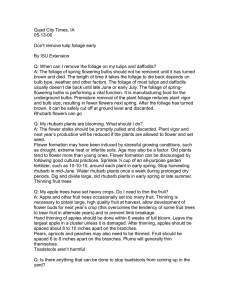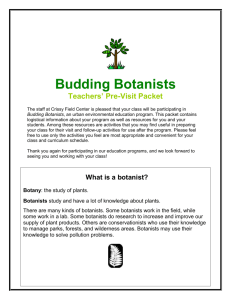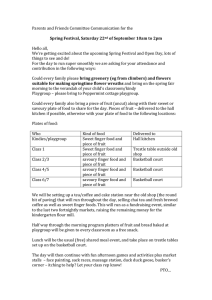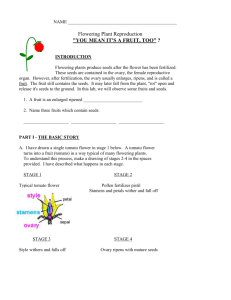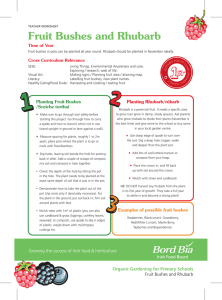Vegetable Patch - Day Four - What Part Of A Plant Are You Eating
advertisement
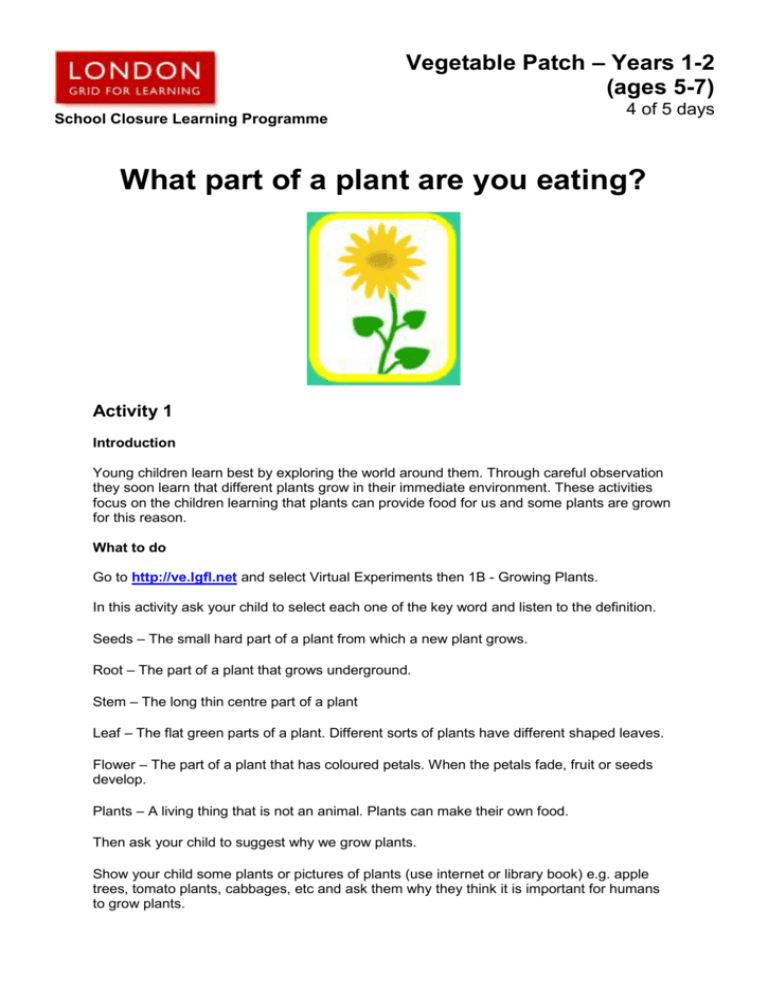
Vegetable Patch – Years 1-2 (ages 5-7) School Closure Learning Programme 4 of 5 days What part of a plant are you eating? Activity 1 Introduction Young children learn best by exploring the world around them. Through careful observation they soon learn that different plants grow in their immediate environment. These activities focus on the children learning that plants can provide food for us and some plants are grown for this reason. What to do Go to http://ve.lgfl.net and select Virtual Experiments then 1B - Growing Plants. In this activity ask your child to select each one of the key word and listen to the definition. Seeds – The small hard part of a plant from which a new plant grows. Root – The part of a plant that grows underground. Stem – The long thin centre part of a plant Leaf – The flat green parts of a plant. Different sorts of plants have different shaped leaves. Flower – The part of a plant that has coloured petals. When the petals fade, fruit or seeds develop. Plants – A living thing that is not an animal. Plants can make their own food. Then ask your child to suggest why we grow plants. Show your child some plants or pictures of plants (use internet or library book) e.g. apple trees, tomato plants, cabbages, etc and ask them why they think it is important for humans to grow plants. Encourage them to make a list and or draw a variety of plants (fruits and vegetables) that they like to eat. Activity 2 Introduction Discussion can consolidate learning. In this activity your child reinforces their knowledge on plants providing food for humans. They are encouraged to think about which parts of a plant we can eat. What to do Some plants have parts which humans eat or make into food, but does your child know which part of the plant they are eating? In this activity your child is asked to choose the part of the plant they think the below food and drinks are made from (root, stem, leaves, flowers, seed or fruit). Once they have discussed which part and why, go through the explanations listed below. Crisps - are made from potatoes and part of the root. Strawberry – contains seeds so it is a fruit. The strawberry is unusual because the seeds are on the outside. Baked Beans - although there's no such thing as the baked bean plant! These are the seeds of the haricot bean plant - they are white naturally and only appear orange because of the tomato sauce they are in. Rhubarb yoghurt - although rhubarb is often made into 'fruit' crumble or yoghurt, it is actually the stem of the plant that is eaten Cauliflower - as the name suggests, we eat the flower of the cauliflower plant. Tea - is made from just the top two leaves. These snipped from tea bushes. Did you know that a tea bush can live for 50 to 100 years, and each bush can produce about 800g of tea every year? Extension Activity Introduction This activity consolidates your child’s learning through observation and discussion. What to do With your child chose either a fruit and/or vegetable that they would really like to discuss. Ask them “what part of the plant they are eating?” e.g. carrot – root, cabbage – leaves, broccoli – flower. Make a plant picture using different items. Note you will need things like celery, leeks, rhubarb etc to give the stem part of the plant. Your child then draws their unique ‘vegetable/fruit plant. Your children are shown examples of well-known food products, e.g. Cornflakes, baked beans, crisps etc., ask "where does our food come from. Encourage your child to study food labels and with them look for the main ingredients.

